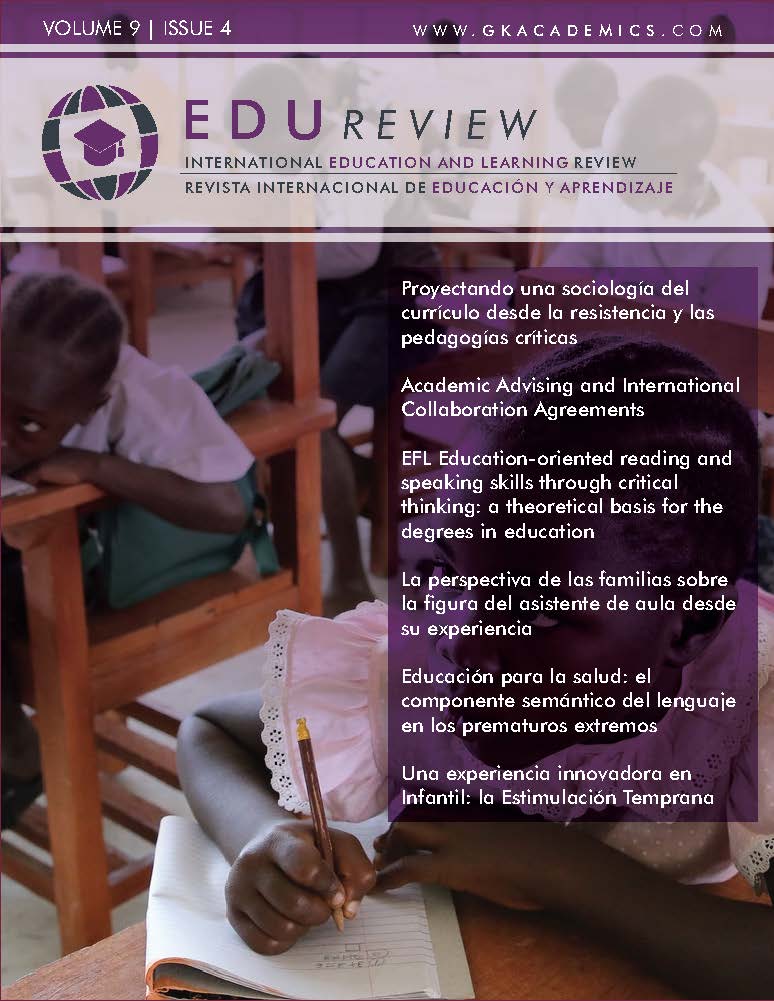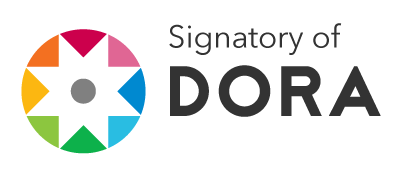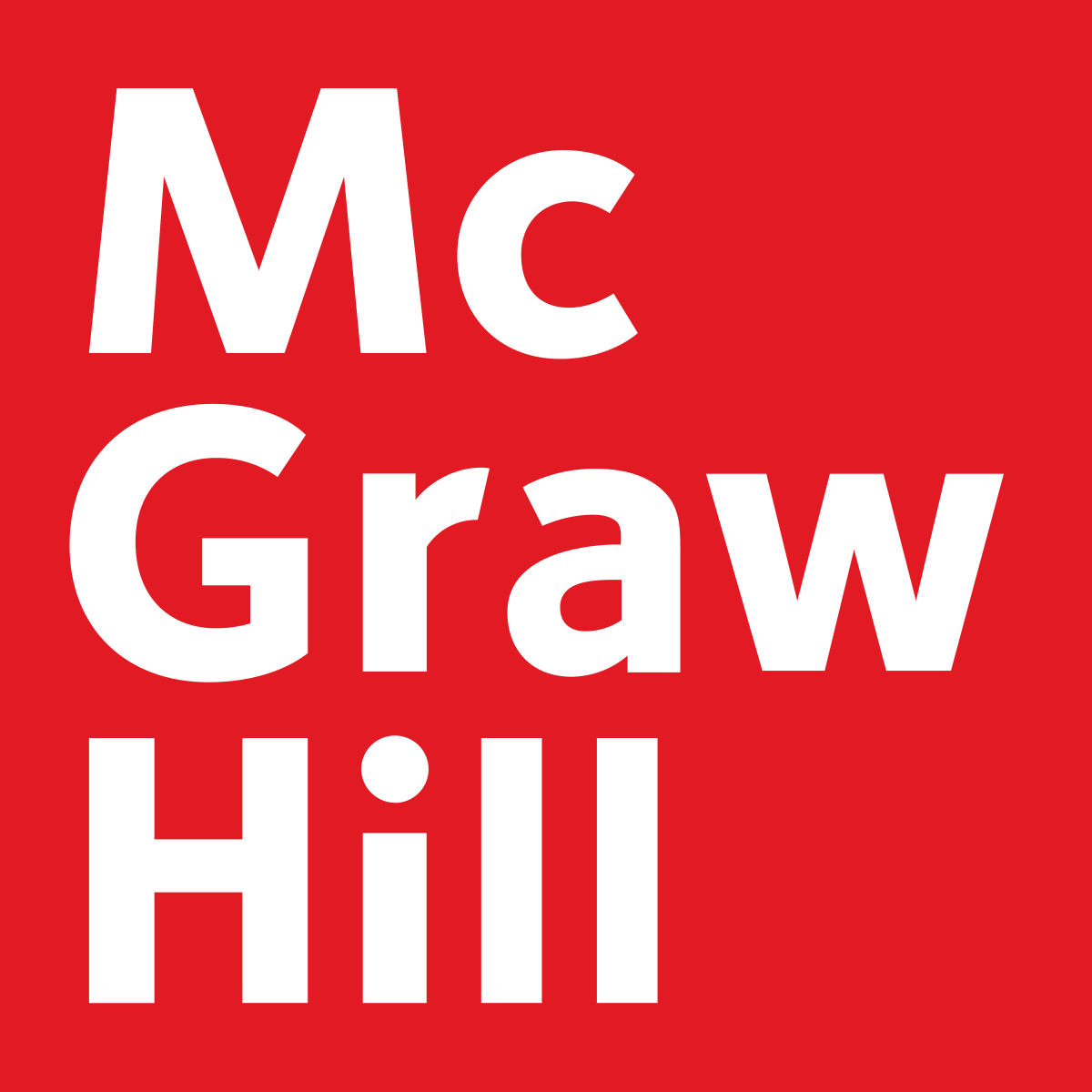EFL Education-oriented reading and speaking skills through critical thinking: a theoretical basis for the degrees in education
DOI:
https://doi.org/10.37467/gkarevedu.v9.2976Palabras clave:
EFL skills, Critical thinking, Reading-into-Speaking, Higher Education, Education contextResumen
The development of skills in English as a Foreign Language (EFL) is a necessary requirement for communication, but equally for L2 enhancement. Thus, the aim of this paper is to propose a system of activities for the Degrees in Education. This system integrates two skills, that is, reading and speaking, in addition to enhancing the development of critical thinking skills. All these aspects will be intimately linked to the importance of the education-related context for future school teachers.
Descargas
Estadísticas globales ℹ️
|
824
Visualizaciones
|
193
Descargas
|
|
1017
Total
|
|
Citas
Cunningham, A. E., & Stanovich, K. E. (1998). What reading does for the mind. American educator, 22, 8-17.
Cunningham, A., Stanovich, K., & Wilson, M. (1990). Cognitive variation in adult college students differing in reading ability. In T. Carr & B. Levy (Eds.), Reading and its development: Component skills approaches (pp. 129-159). Academic Press.
Droop, M. & Verhoeven, L. (2003). Language proficiency and reading ability in first and second language learners. Reading Research Quarterly, 38, 78-103. DOI: https://doi.org/10.1598/RRQ.38.1.4
Ehri, L. (2006). Alphabetics instruction helps students learn to read. In R. Joshi & P. Aaron (Eds.), Handbook of orthography and literacy (pp. 649-677). Routledge.
Ellis, R. (1991). The interaction hypothesis: A critical evaluation [Paper presented]. Regional Language Center Seminar, Singapore, April 22-28, 1991.
Facione, P. A. (1990). Critical thinking: A statement of expert consensus for purposes of educational assessment and instruction: Research findings and recommendations. California Academic Press.
Fitzgerald, J., & Shanahan, T. (2000). Reading and writing relations and their development. Educational Psychologist, 35(1), 39-50. DOI: https://doi.org/10.1207/S15326985EP3501_5
Floyd, C. B. (2011). Critical thinking in a second language. Higher Education Research & Development, 30(3), 289-302. DOI: https://doi.org/10.1080/07294360.2010.501076
Garcés-Manzanera, A. (2021). El contexto educativo en las materias de lengua extranjera (inglés) en los grados de Educación Primaria de las universidades españolas. In: S. A. Borjabad and R. Pérez (Coords.), Nuevos retos y perspectivas de la investigación en Literatura, Lingüística y Traducción (pp. 1406-1430). Dykinson.
Goodman, K. (1996). On Reading. A Common-Sense Look at the Nature of Language and the Science of Reading. Heinemann.
Goodman, K. (2009). Reading in a second language: Moving from theory to practice. Cambridge University Press.
Goodman, K. (2014). Key issues in L2 reading development. In Proceedings of the 4th CELC Symposium for English Language Teachers-Selected Papers (pp. 8-18).
Goodman, K. (1991). Current developments in second language reading research. TESOL quarterly, 25(3), 375-406. DOI: https://doi.org/10.2307/3586977
Grabe, W., & Stoller, F. L. (2011). Teaching and researching reading (2nd ed.). Longman. DOI: https://doi.org/10.1002/9781405198431.wbeal1174
Halpern, D.F. (1997). Critical thinking across the curriculum: A brief edition about thought and knowledge. Lawrence Erlbaum.
Harmer, J. (2001). How to teach English. Pearson Education Limited.
Hasibuan, A. L., & Batubara, I. A. (2012). Implementing problem-based learning in digitalization era through debating practice. Proceedings of the 59th TEFLIN International Conference (pp. 13-30). Widya Mandala Catholic University.
Hedge, T. (1985). Using Readers in Language Teaching. Macmillan Publishers Ltd.
Hill, W. R. (1979). Secondary School Reading: Process, Program, Procedure. Allyn and Bacon.
Hinkel, E. (2017). Teaching speaking in integrated‐skills classes. In J. I. Liontas & M. DelliCarpini (Eds.), The TESOL encyclopedia of English language teaching. Hoboken, NJ: Wiley Blackwell. https://doi.org/10.1002/9781118784235.eelt0256 DOI: https://doi.org/10.1002/9781118784235.eelt0256
Hirvela, A. (2004). Connecting reading and writing in second language writing instruction. The University of Michigan Press. DOI: https://doi.org/10.3998/mpub.23736
Krashen, S. & Terrell, T. (1983). The natural approach: Language acquisition in the classroom. Pergamon Press.
Lazaraton, A. (2001). Teaching Oral Skills. In M. Celce-Murcia (Ed.), Teaching English as a second foreign language. Heinle and Heinle.
Lechmann, M. (2007). Is Intentional or Incidental Vocabulary Learning More Effective? Journal of foreign language teaching, 3(1), 23-28.
Lee, W. (1995). Authenticity Revisited: Text Authenticity and Learner Authenticity. ELT Journal, 49(4), 323-328. DOI: https://doi.org/10.1093/elt/49.4.323
Lee, W. (1993). The architecture of normal spoken language use. In G. Blanken, J. Dittmann, H. Grimm, J. C. Marshall, & C. W. Wallesch (Eds.), Linguistic disorders and pathologies: An international handbook (pp. 1-15). Walter de Gruyter.
Levelt, W. J. M. (1989). Speaking: From intention to articulation. MIT Press.
Levy, M. (1997). Computer-assisted language learning: Context and conceptualization. Oxford University Press.
Long, M. H. (1990). The least a second language acquisition theory needs to explain. TESOL quarterly, 24(4), 649-666. DOI: https://doi.org/10.2307/3587113
McLaughlin, B. (1990). Restructuring. Applied Linguistics, 11, 113. DOI: https://doi.org/10.1093/applin/11.2.113
Nunan, D. (2003). Practical English Language Teaching. McGraw Hill. DOI: https://doi.org/10.1017/CBO9780511667336
Perfetti, C., & Adlof, S. (2012). Reading comprehension: A conceptual framework for word meaning to text meaning. In J. Sabatini, E. Albro, & T. O’Reilly (Eds.) Measuring up: Advances in how to assess reading abilities (pp. 3-20). Rowman & Littlefield Education.
Qian, D. (2002). Investigating the relationship between vocabulary knowledge and academic reading performance: An assessment perspective. Language Learning, 52, 513-536. DOI: https://doi.org/10.1111/1467-9922.00193
Quitadamo I., Brahler C., & Crouch G. (2009). Peer led team learning: A prospective method for increasing critical thinking in undergraduate science courses. Sci. Educ, 18(1), 29-39.
Rayner, K., Pollatsek, A., Ashby, J., & lofton, C. (2012). The psychology of reading (2nd ed.). Psychology Press. DOI: https://doi.org/10.4324/9780203155158
Schmidt, R. (1990). The role of consciousness in second language learning. Applied Linguistics, 11(2), 129-158. DOI: https://doi.org/10.1093/applin/11.2.129
Schmidt, R. (2001). Attention. In P. Robinson (Ed.), Cognition and second language instruction (pp. 3-32). Cambridge University Press. DOI: https://doi.org/10.1017/CBO9781139524780.003
Selinker, L. (1972). Interlanguage, International Review of Applied Linguistics in Language Teaching, 10(1-4), 209-232. https://doi.org/10.1515/iral.1972.10.1-4.209 DOI: https://doi.org/10.1515/iral.1972.10.1-4.209
Shiotsu, T. (2010). Components of L2 reading. Cambridge University Press.
Skehan, P. (1998). A cognitive approach to language learning. Oxford University Press. DOI: https://doi.org/10.1177/003368829802900209
Stanovich, K.E. (1993). The language code: Issues in word recognition. In S. R. Yussen & M. C. Smith (Eds.), Reading across the life span (pp. 111-135). Springer-Verlag. DOI: https://doi.org/10.1007/978-1-4612-4376-2_6
Stanovich, K.E. (2000). Progress in understanding reading: Scientific foundations and new frontiers. Guilford Press.
Stephenson, N. S., & Sadler-McKnight, N. P. (2016). Developing critical thinking skills using the Science Writing Heuristic in the chemistry laboratory. Chemistry Education Research and Practice, 17(1), 72-79. https://dx.doi.org/10.1039/c5rp00102a DOI: https://doi.org/10.1039/C5RP00102A
Walker, M., & Warhurst, C. (2000). In most classes you sit around very quietly at a table and get lectured at: Debates, assessment, and student learning. Teaching in Higher Education, 5(1), 33-49. DOI: https://doi.org/10.1080/135625100114948
Zhang, Y. (2009). Reading to Speak: Integrating Oral Communication Skills. English Teaching Forum, 2009(1), 32-34. http://dx.doi.org/10.1061/41052(346)25. DOI: https://doi.org/10.1061/41052(346)25
Descargas
Publicado
Cómo citar
Número
Sección
Licencia
Los autores/as que publiquen en esta revista aceptan las siguientes condiciones:
- Los autores/as conservan los derechos de autor.
- Los autores/as ceden a la revista el derecho de la primera publicación. La revista también posee los derechos de edición.
- Todos los contenidos publicados se regulan mediante una Licencia Atribución/Reconocimiento-SinDerivados 4.0 Internacional. Acceda a la versión informativa y texto legal de la licencia. En virtud de ello, se permite a terceros utilizar lo publicado siempre que mencionen la autoría del trabajo y a la primera publicación en esta revista. Si transforma el material, no podrá distribuir el trabajo modificado.
- Los autores/as pueden realizar otros acuerdos contractuales independientes y adicionales para la distribución no exclusiva de la versión del artículo publicado en esta revista (p. ej., incluirlo en un repositorio institucional o publicarlo en un libro) siempre que indiquen claramente que el trabajo se publicó por primera vez en esta revista.
- Se permite y recomienda a los autores/as a publicar su trabajo en Internet (por ejemplo en páginas institucionales o personales), una vez publicado en la revista y citando a la misma ya que puede conducir a intercambios productivos y a una mayor y más rápida difusión del trabajo publicado (vea The Effect of Open Access).













